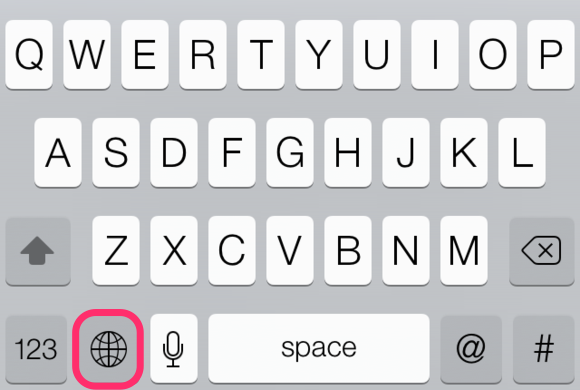Problems that only affect me
It seems that iOS 8.3 changed something in the way multiple keyboards are handled. If you don't know, you can add keyboards to iOS from Settings > General > Keyboard. This is worth doing even if you only type in one language, because it's how you get access to the Emoji keyboard. Enabling multiple keyboards adds a little "globe" key between the numlock and dictation keys:

Simply tap that "globe" key once to switch to the next keyboard in the list, or hold it to see a menu and select the keyboard you want.
The advantage of having multiple keyboards is that it enables predictive text to work in other languages. It also allows you to choose alternative layouts, e.g. AZERTY for French, QWERTZ for German, or QZERTY for Italian - but I find that confuses me more. Luckily, iOS lets you set all keyboards to use QWERTY.
Now, here's the problem. Before 8.3, if you had a primary keyboard (generally corresponding to your locale), you could switch to another language to type some text. The next time you hit the key, as long as it was within a reasonably short period of time, it would switch you back to your default keyboard. This is great for me, as I type mainly in English, but switch to other languages several times a day.
With 8.3 this behaviour has gone, and the "globe" key always switches to the next keyboard in the list.
This change is probably invisible to almost everyone, and only a minor irritant for those few of us who use multiple input languages frequently, but it is surprisingly annoying when you are used to the old way of things.
I can even understand the rationale, as I have seen people get confused by why the switcher would sometimes go to the next keyboard but at other times revert to the default - but the solution there is to give us preference settings to disable the behaviour entirely or change its timeout. I don't even mind if it's turned off by default, as long as I can turn it back on - but that's not the Apple way.
Sigh.